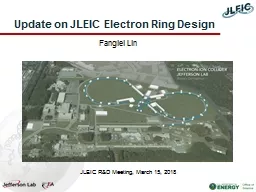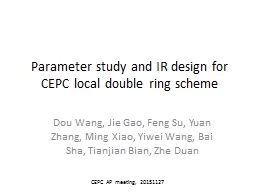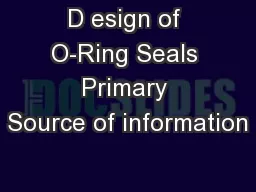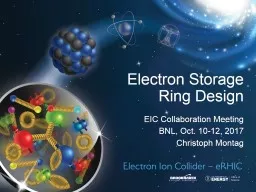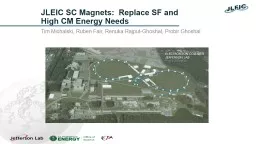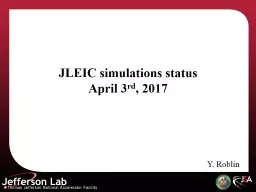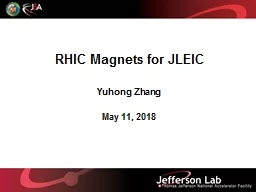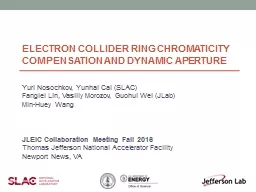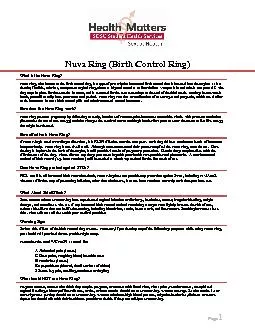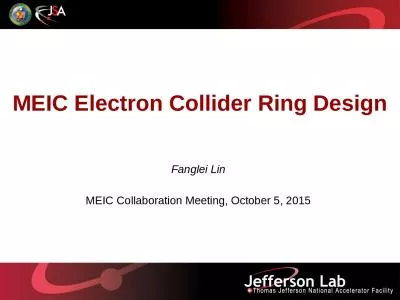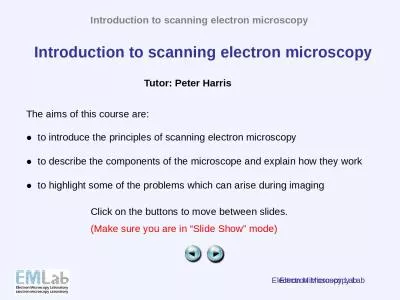PPT-Update on JLEIC Electron Ring Design
Author : alida-meadow | Published Date : 2020-04-07
Fanglei Lin Update on the design tasks for preCDR Update on the lattice design in detail Plan Outline 2 Finish dynamic aperture study in progress Retune the lattice
Presentation Embed Code
Download Presentation
Download Presentation The PPT/PDF document " Update on JLEIC Electron Ring Design" is the property of its rightful owner. Permission is granted to download and print the materials on this website for personal, non-commercial use only, and to display it on your personal computer provided you do not modify the materials and that you retain all copyright notices contained in the materials. By downloading content from our website, you accept the terms of this agreement.
Update on JLEIC Electron Ring Design: Transcript
Download Rules Of Document
" Update on JLEIC Electron Ring Design"The content belongs to its owner. You may download and print it for personal use, without modification, and keep all copyright notices. By downloading, you agree to these terms.
Related Documents

